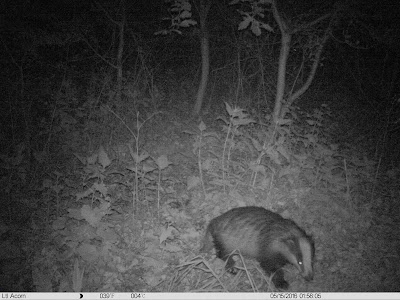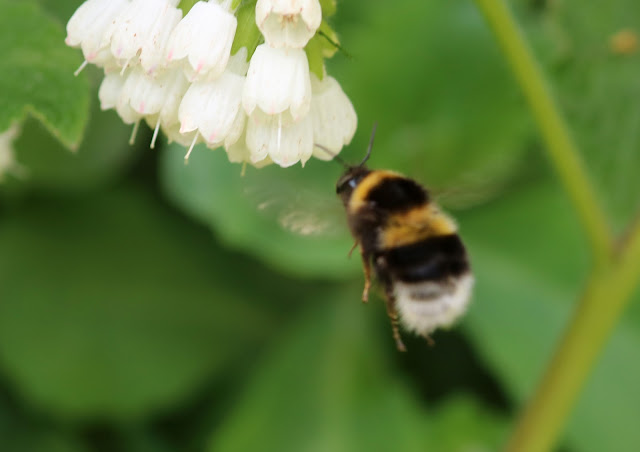HS2 or High Speed 2 Rail link (https://www.gov.uk/government/organisations/high-speed-two-limited) is one of my major concerns. The massive infrastructure project aims to link London to Birmingham and then Birmingham to Manchester promising faster travel time between the various cities. I have followed the development of the case for HS2 since its inception with suspicion and cynicism. For me, the need for it nor the cost of it has been justified. Every major party wants it and regardless of local views it looks like this white elephant is going to happen regardless.
The impact of this rail project is particularly dear to me as it passes through Warwickshire and cuts through many areas of lovely countryside. Stated like that lovely sounds weak and feeble against the overbearing financial and commercial need, but Warwickshire is already rapidly conurbating despite containing no cities within its confines. The treasures on its line may not be much to the planners in London but to us the 250 year old Pear Tree is a vital part of our community (http://www.theguardian.com/environment/2015/nov/08/pear-tree-hs2-woodland-trust-cubbington)
,as are the woods such as Ufton, South Cubbington and Crackley that are bisected by the proposed line.
How then could Baines’ idea of it being good for wildlife be true? I read the article carefully and allowed the ideas to percolate through until I could begin to see where Chris was coming from. The route is fixed and some mitigation is occurring, rare species and meadows will be relocated and tunnels and cuttings are being placed to minimise the impact; however there will still be the baseline damage of its presence and the damage inherent to its construction phase. What Chris proposes is using a fraction of the £42 billion project to regenerate wildlife along the length of the route, suggesting a 480 km long wildlife corridor stretching 1km either side in a buffer zone.
This zone would have new habitats created, existing ones managed and improved and access to people extended. He suggests a cycle path along its length. Suddenly this idea becomes more attractive. Do not get me wrong I am still in opposition to the development but it seems inevitable now that it will go ahead and so perhaps are focus needs to shift to one of damage limitation. Is this defeatism or realism? I’ll let you decide that for yourselves.
Mitigation in projects like this are not always like for like. The government promises not net loss of biodiversity but then again it believes that offsetting the destruction of a wood with the planting of an equal number of trees is not net loss. This is not the case, newly planted trees have fraction of the biodiversity that mature trees do and so will not reach their potential for a generation. A time they may not have as being just saplings with little biodiversity at the start they are more susceptible to predation by other developers such as industry or housing.
I do not feel we have a good tradition of protecting habitats in this country. This is not a new phenomenon at all; in fact it goes back to the enclosures act starting in the 17th Century. Today development either industrial or agricultural has created a landscape in which species are parceled up into small enclosures of their own. This is evident in Warwickshire, if you want to see a particular species you must go out to a specific location. I know if I want to see Yellowhammer, as I did a few weeks ago, I must go to a set location. No more do you walk in the countryside and encounter the wealth and range of species. If I want to see water-birds and waders I go to Brandon Marsh, Butterflies I go to Ryton Woods. How is this any different to zoos in which select species are contained with an enclosure? How are the bars of a cage any different to the hostile sterile farmland surrounding an ancient woodland?
So how does this all fit in with Baines’ view. Perhaps it is time for us to really challenge the development on their grounds, if it is going to happen let it benefit the wildlife for those the route blights. We in Warwickshire will get no benefit to the line, there are no stops in the county and it is in fact likely to reduce the number of trains between London and Birmingham stopping at our existing stations. There is a chance here to show development and redevelopment hand in hand. To create a world class network of wild spaces for all to enjoy, one that supports nature, naturalists, walkers, runner, cyclists, the list goes on. Sometimes you have to take what you can get, idealism is all well and noble but realism may just be what gets us through.






















